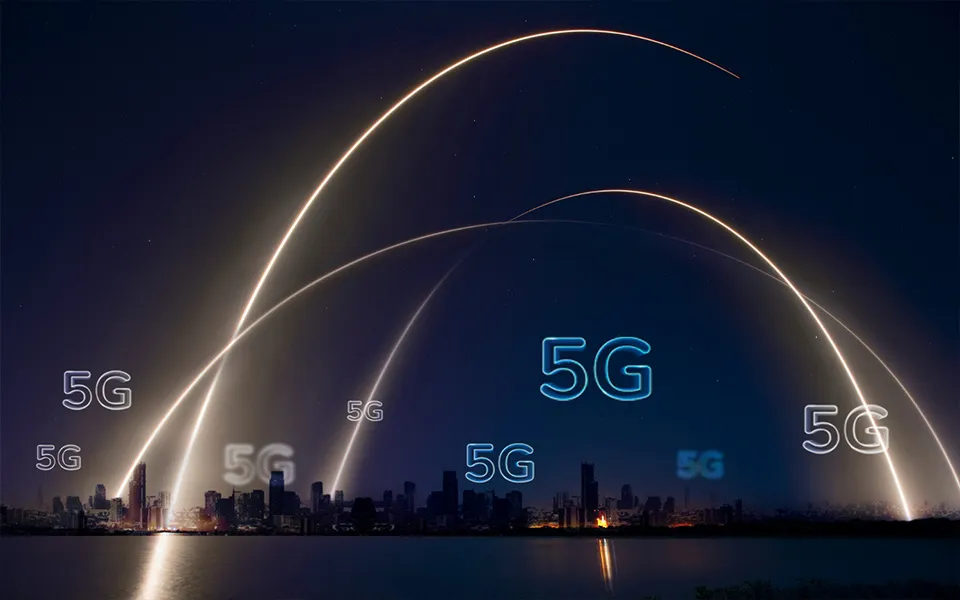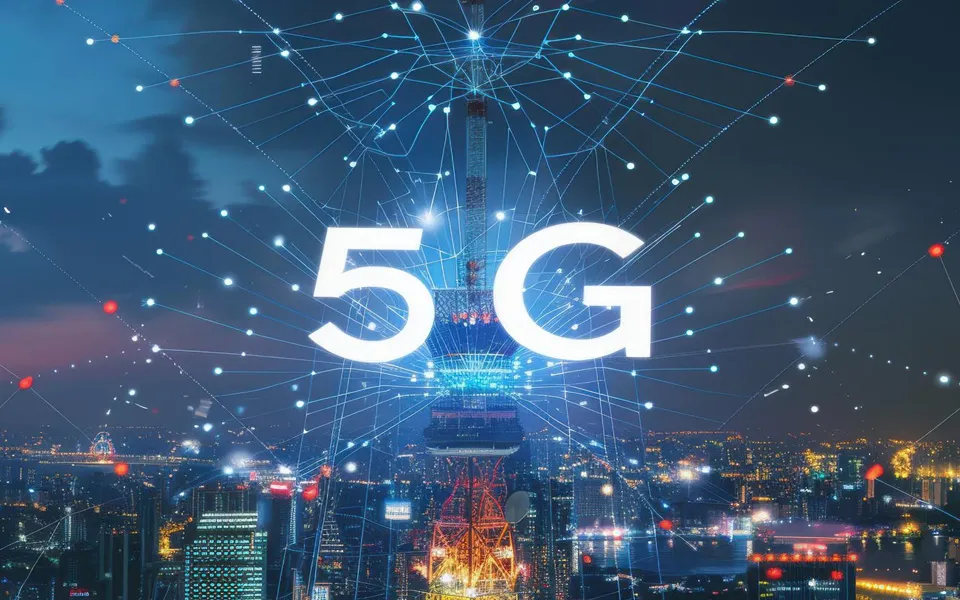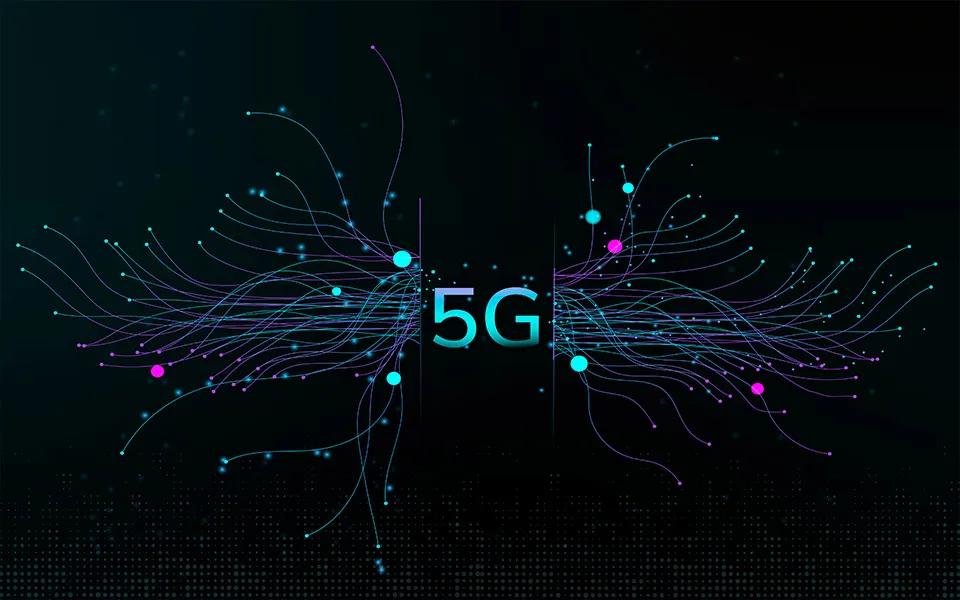Industrial Remote Monitoring
In the modern industrial landscape, the integration of advanced technologies has revolutionized operational efficiency, safety, and decision-making processes. One such transformative technology is industrial remote monitoring. This article provides a comprehensive examination of what industrial remote monitoring entails, its myriad benefits, and its diverse use cases across different sectors.

Understanding Industrial Remote Monitoring
Industrial remote monitoring refers to the use of advanced technology to observe, track, and manage industrial processes and equipment from a distance. This monitoring system leverages various tools, including sensors, IoT (Internet of Things) devices, and sophisticated software platforms, to collect real-time data on equipment performance, environmental conditions, and operational workflows. This data is then transmitted to a central monitoring station or accessed remotely via cloud-based platforms, enabling operators to oversee industrial activities without being physically present on site.
Key Components of Industrial Remote Monitoring
- Sensors and IoT Devices: These are critical for data collection. Sensors measure various parameters such as temperature, pressure, humidity, and vibration. IoT devices facilitate the connectivity and transmission of data to monitoring systems.
- Communication Networks: Reliable communication networks, including Wi-Fi, cellular networks, and satellite connections, are essential for transmitting data from remote sites to central monitoring stations.
- Data Processing and Analysis Software: Advanced software systems process the collected data, offering insights through analytics, visualization tools, and automated alerts.
- User Interface: The user interface (UI) provides operators with a manageable and intuitive platform to monitor and interact with the system, often through dashboards and control panels.
Benefits of Industrial Remote Monitoring
The adoption of industrial remote monitoring brings a host of benefits, significantly enhancing operational efficiency, safety, and overall performance. Here, we delve into the primary advantages:
Enhanced Operational Efficiency
By providing real-time data and insights, remote monitoring allows for immediate identification and resolution of operational issues. This proactive approach minimizes downtime, optimizes equipment performance, and ensures smooth and continuous industrial operations.
Cost Savings
Remote monitoring reduces the need for manual inspections and on-site personnel, leading to substantial labor cost savings. Additionally, the ability to detect and address issues early helps prevent costly equipment failures and extensive repairs.
Improved Safety
Safety is paramount in industrial environments. Remote monitoring enhances safety by enabling continuous surveillance of hazardous areas and equipment. Automated alerts and predictive maintenance reduce the risk of accidents and ensure compliance with safety regulations.
Predictive Maintenance
One of the standout features of remote monitoring is its ability to facilitate predictive maintenance. By analyzing data trends and patterns, the system can predict when equipment is likely to fail, allowing for maintenance to be scheduled proactively. This approach extends the lifespan of equipment and reduces unexpected breakdowns.
Environmental Monitoring
In industries where environmental impact is a concern, remote monitoring plays a crucial role. It enables continuous monitoring of environmental parameters such as emissions, pollutants, and temperature, ensuring compliance with environmental regulations and promoting sustainability.
Scalability and Flexibility
Remote monitoring systems are highly scalable and can be easily adapted to different industrial settings. Whether it’s a single piece of equipment or an entire industrial plant, these systems can be tailored to meet specific monitoring needs.
Use Cases of Industrial Remote Monitoring
Industrial remote monitoring finds applications across a wide range of industries, each leveraging the technology to address unique challenges and enhance operations. Here are some notable use cases:
Oil and Gas Industry
In the oil and gas sector, remote monitoring is indispensable for managing remote and often hazardous locations such as offshore platforms and pipelines. Continuous monitoring of pressure, flow rates, and equipment integrity helps prevent leaks and ensures safe and efficient operations.
Manufacturing
Manufacturing industries utilize remote monitoring to oversee production lines, machinery, and environmental conditions within factories. This real-time oversight enables manufacturers to optimize production processes, reduce downtime, and maintain high-quality standards.
Power Generation
Remote monitoring in power generation facilities, including nuclear, thermal, and renewable energy plants, ensures the efficient operation of turbines, generators, and other critical equipment. It aids in the early detection of faults, optimizing power output, and reducing operational risks.
Agriculture
In agriculture, remote monitoring systems track soil moisture, weather conditions, and crop health. This data-driven approach allows farmers to make informed decisions about irrigation, fertilization, and pest control, leading to increased crop yields and resource efficiency.
Water Treatment
Water treatment facilities employ remote monitoring to oversee the quality of water being processed. Monitoring parameters such as pH levels, chemical concentrations, and pump performance ensures that water treatment processes meet regulatory standards and operate efficiently.
Transportation and Logistics
In transportation and logistics, remote monitoring systems track the location, condition, and performance of vehicles and cargo. This real-time information improves fleet management, enhances delivery accuracy, and ensures the timely maintenance of transportation assets.
Mining
The mining industry leverages remote monitoring to enhance the safety and efficiency of operations in harsh and remote environments. Monitoring equipment such as conveyors, crushers, and ventilation systems helps prevent accidents and optimize production.
Challenges and Considerations
While industrial remote monitoring offers numerous benefits, it is not without challenges. Understanding and addressing these challenges is crucial for successful implementation.
Data Security
The transmission of sensitive industrial data over networks raises concerns about data security. Implementing robust cybersecurity measures, such as encryption and secure communication protocols, is essential to protect against data breaches and cyberattacks.
Integration with Legacy Systems
Integrating remote monitoring systems with existing legacy equipment and infrastructure can be complex. Ensuring compatibility and seamless communication between old and new systems requires careful planning and execution.
Reliability of Communication Networks
The reliability of communication networks is critical for continuous data transmission. In remote or harsh environments, maintaining stable and secure connections can be challenging. Investing in redundant communication systems and backup solutions is necessary to mitigate this risk.
Data Overload
The sheer volume of data generated by remote monitoring systems can be overwhelming. Effective data management strategies, including filtering, prioritization, and intelligent analytics, are needed to extract meaningful insights and avoid information overload.
Cost of Implementation
The initial cost of implementing remote monitoring systems, including hardware, software, and training, can be significant. However, the long-term benefits and cost savings often justify the investment.
Future Trends in Industrial Remote Monitoring
The field of industrial remote monitoring is continually evolving, driven by advancements in technology and changing industry needs. Some emerging trends include:
Artificial Intelligence and Machine Learning
Integrating AI and machine learning into remote monitoring systems enhances predictive analytics and automation. These technologies enable more accurate predictions, anomaly detection, and autonomous decision-making.
Edge Computing
Edge computing involves processing data closer to the source, reducing latency and bandwidth usage. This approach is particularly beneficial for remote monitoring in environments with limited connectivity.
5G Technology
The advent of 5G networks promises faster and more reliable data transmission, supporting the real-time requirements of industrial remote monitoring. 5G’s low latency and high bandwidth capabilities will enable more sophisticated and responsive monitoring systems.
Increased Use of Drones
Drones equipped with sensors and cameras are being increasingly used for remote monitoring in hard-to-reach or hazardous locations. They provide aerial views and detailed inspections, enhancing situational awareness and operational efficiency.
Sustainability Focus
As industries prioritize sustainability, remote monitoring systems are being used to monitor and reduce environmental impact. Continuous monitoring of emissions, energy consumption, and resource utilization helps industries meet sustainability goals and regulatory requirements.
Horizon Powered: Enhancing Connectivity for Remote Monitoring
Horizon Powered is at the forefront of providing advanced connectivity solutions tailored to the needs of industrial remote monitoring. With its robust portfolio of connectivity devices and services, Horizon Powered ensures seamless and reliable data transmission, even in the most challenging environments.
Reliable Connectivity Solutions
Horizon Powered offers a range of connectivity devices, including industrial-grade routers, outdoor CPEs, and other gateways, designed to withstand harsh conditions and ensure uninterrupted data flow. These devices support various communication protocols, ensuring compatibility with different sensors and monitoring systems.
Advanced Network Management
With Horizon Powered’s network management tools, industrial operators can efficiently monitor and manage their communication networks. These tools provide real-time insights into network performance, enabling proactive maintenance and quick resolution of connectivity issues.
Security and Compliance
Data security is a top priority for Horizon Powered. Their solutions include advanced encryption, secure communication protocols, and compliance with industry standards to protect sensitive industrial data from cyber threats.
Scalability and Customization
Horizon Powered’s connectivity solutions are highly scalable and customizable to meet the specific needs of different industrial applications. Whether it’s a small-scale operation or a large industrial plant, Horizon Powered can provide tailored solutions that ensure optimal performance and reliability.
Expert Support and Services
Horizon Powered offers comprehensive support and services, from initial consultation and system design to installation, maintenance, and ongoing technical support. Their team of experts works closely with clients to ensure seamless integration and continuous operation of remote monitoring systems.
Conclusion
Industrial remote monitoring is a transformative technology that enhances operational efficiency, safety, and decision-making across various industries. By leveraging real-time data, predictive analytics, and advanced communication networks, remote monitoring systems offer a proactive approach to managing industrial processes and equipment. As technology continues to evolve, the capabilities and applications of industrial remote monitoring will expand, driving further innovation and efficiency in the industrial sector. Embracing this technology not only optimizes operations but also positions industries to meet future challenges with resilience and agility. Horizon Powered stands as a pivotal partner in this journey, providing the essential connectivity solutions that underpin effective and reliable remote monitoring systems.








